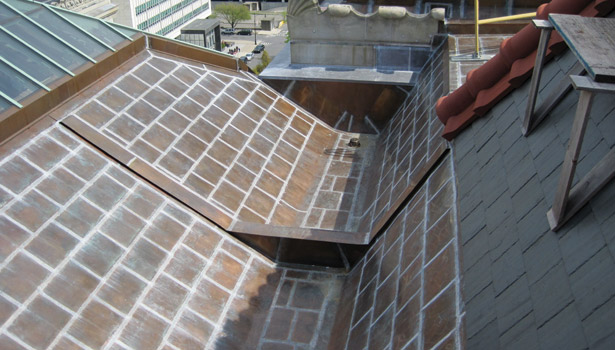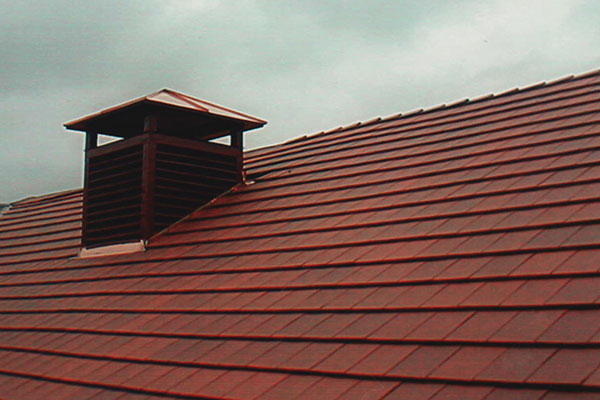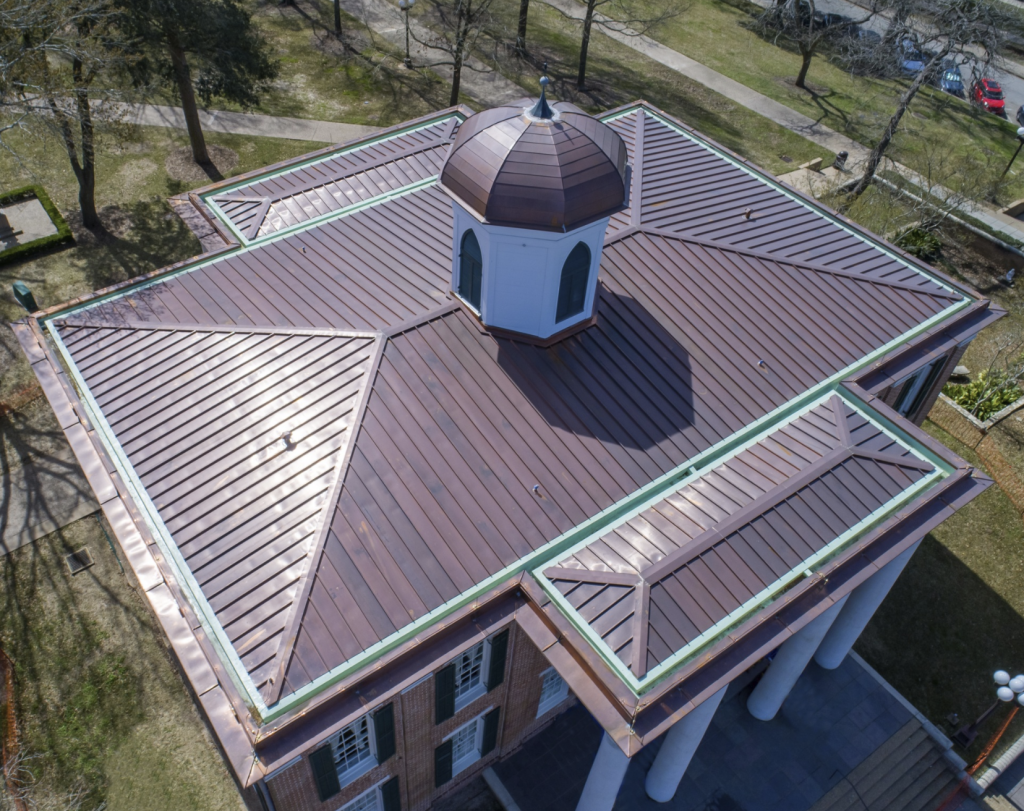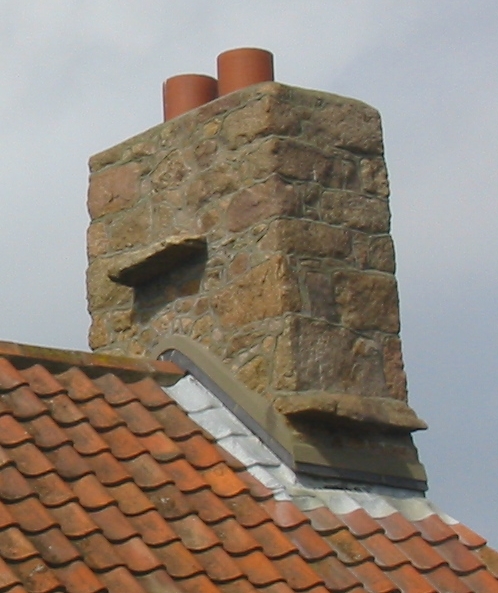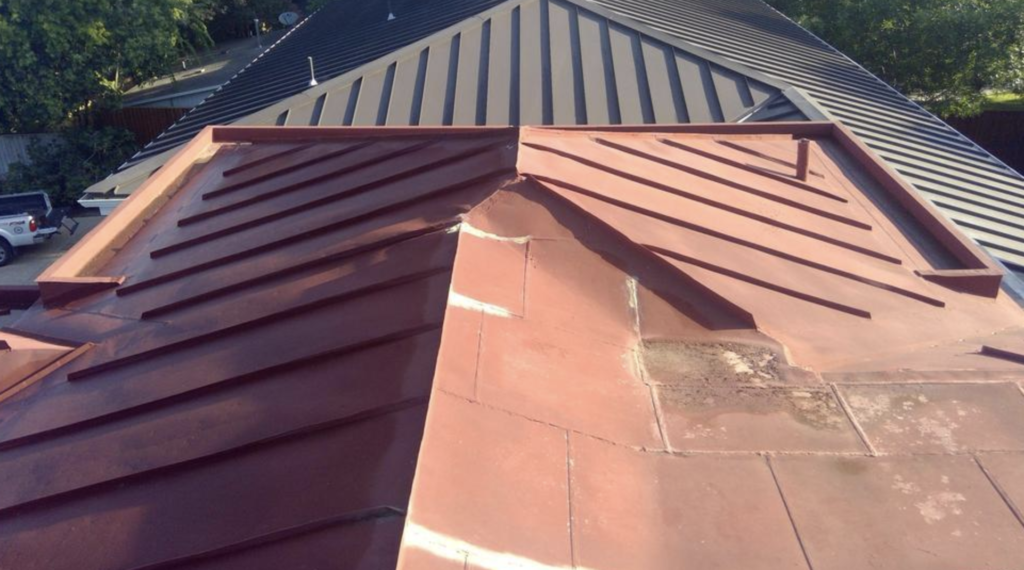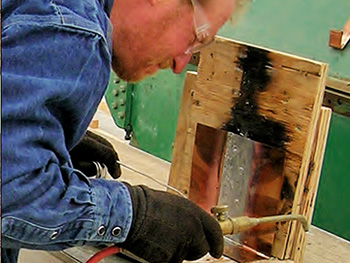It involves laying out sheets of copper on a roofing substrate that assembles in one piece without joints or seams.
Roofs made of sheet copper should be jointed with solder.
A steel roof and an aluminum vent are a bad match because of.
Crushed stone or gravel ballast on a built up roof.
Lap seams should have a minimum 1 inch overlap and no gaps larger than 1 16 inch.
This is a specialty application generally designed and prefabricated for an exact job.
Continuous copper roofing is the most expensive option.
A steel roof and an aluminum vent are a bad match because of.
Lead coated copper does not extend the life of copper.
As such the filler metals for soldering and brazing copper and copper alloy tube and fittings must have melting temperatures below this temperature.
The basic difference between soldering and brazing is the temperature necessary to melt the filler metal.
Architectural sheet metal components such as flat seam roofing and flashings must be joined properly to maintain durable and reliable watertight assemblies photo 1.
Metal roof tiles are typically made of.
Lead coated copper should be soldered with 60 40 lead tin solder.
The upstand would then be folded over either once or twice to form the seam.
The higher the tin content in the solder the higher the tensile shear strength will be.
Sheet copper roofs are jointed with.
Make your seams tight clean clean and tight seams are essential.
Horizontal joints would be folded over flat to form welts.
Solder much prefers bright copper with a very close fit.
Blind soldering minimizes exposed solder in finished joints.
The melting point of copper cu alloy uns c12200 is 1 981 f 1082 c.
The proper flux to use depends on the material you are soldering.
Copper or stainless steel.
Until 1870 nearly all copper sheet roofing was laid in sheets generally 2 by 6 in size joined at the sides with vertical standing seams.
Install only as much copper as can be soldered by the end of the day.
Fasteners made of are recommended for tile roofs.
Standing seams or solder.
Continuous long runs of soldered seams should be avoided to limit stress fractures lead free options which are primarily tin based are available for lead.
Metal roof tiles are typically made of.
Sheet copper roofs are jointed with.
The most common ways of making architectural sheet metal joints watertight are through the use of sealants or solder.
Clips attached to the roof would be held between the sheets.
Panels are less expensive than continuous.
Soldering flux serves one main function in joining roofing materials it is meant to prevent oxidation of the metal which causes poor adherence of solder.
Excessive fluxing should be avoided and be sure to neutralize the seam after soldering.
The solder often used is common 50 50 tin lead bar solder for uncoated copper.
Standing seams or solder.
Lead coated copper will benefit from the added strength of using a 60 40 lead tin solder.
Alternative tin based solders are available for those who prefer a lead free installation.

